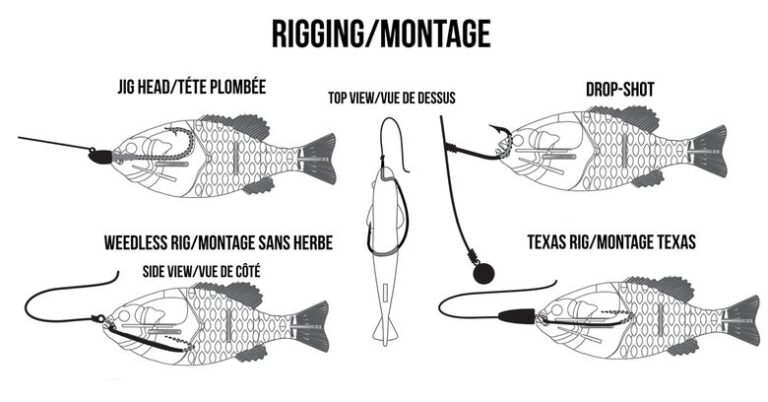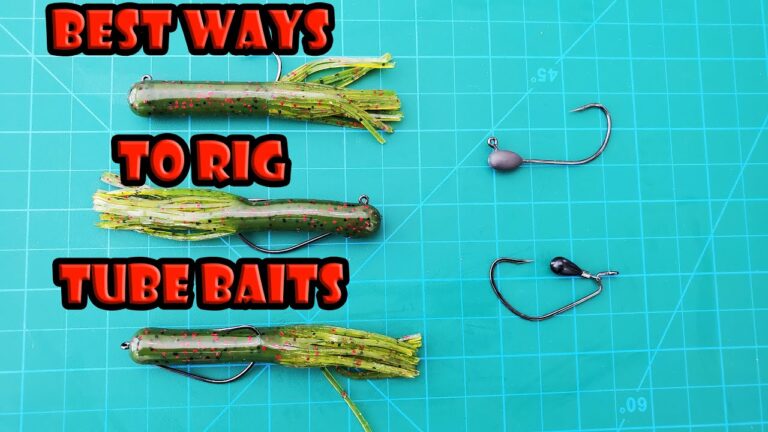How to Rig a Curly Tail Grub
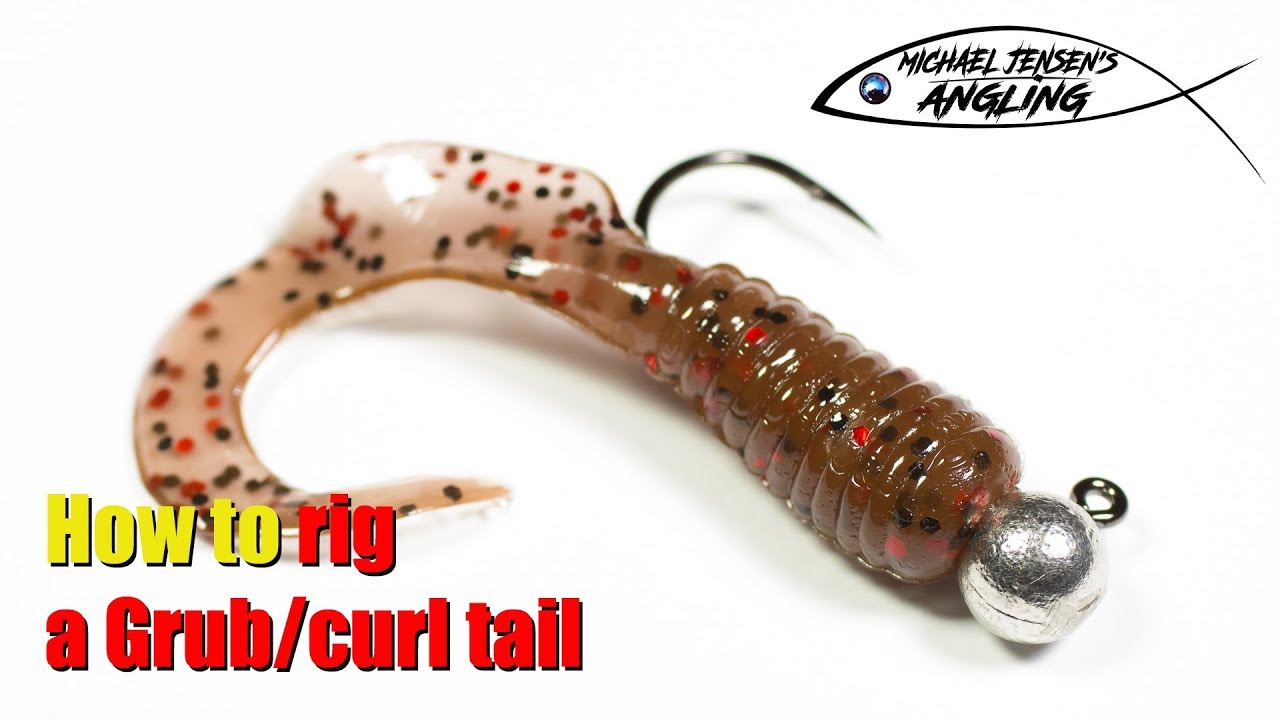
To rig a curly tail grub, you can either rig it with the tail up or down depending on your preference. If you choose to rig it with the tail up, it will have more action in the water, while rigging it with the tail down reduces the likelihood of the tail getting impaled on the hook.
Introduction To Rigging A Curly Tail Grub
Learn the step-by-step process of rigging a curly tail grub to enhance your fishing experience. From choosing the right bait to the proper technique, this guide will help you catch more fish.
In the world of fishing, using curly tail grubs can be a game-changer. These soft plastic lures create a lifelike action in the water, attracting various gamefish. Rigging a curly tail grub properly is essential to maximize its effectiveness. These lures can imitate a wide range of natural baitfish, making them versatile for different fishing conditions. The importance of rigging lies in presenting the lure in a way that entices the fish to strike. When properly rigged, curly tail grubs can offer benefits such as increased bites, versatility in presentation, and effectiveness in attracting a wide variety of gamefish. Whether you’re targeting bass, walleye, trout, or other species, mastering the art of rigging a curly tail grub can significantly enhance your fishing experience.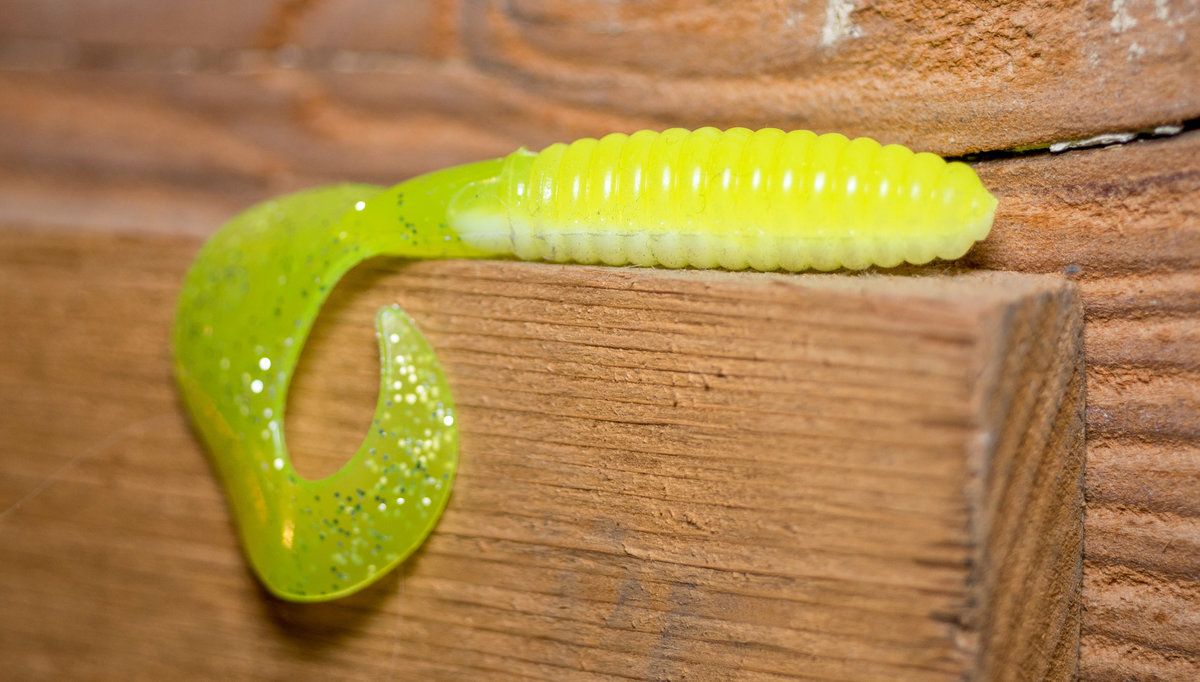
Credit: shopkarls.com
Methods Of Rigging
When it comes to rigging a curly tail grub, there are a few methods you can use. The basic rigging method involves inserting a jighead into the head of the grub and threading it through the body. This allows for a natural swimming action when retrieved through the water. Another method is upside down rigging, where the jighead is inserted into the tail end of the grub, causing it to swim upside down. This can be effective in certain situations where fish are feeding on the bottom. Lastly, there is the Texas rigging method, which involves using a bullet weight and a wide-gapped hook. The weight is placed on the line above the hook, allowing the grub to be fished through heavy cover without getting snagged. These different rigging methods all have their advantages and can be used to target different species of fish.
Choosing The Right Grub And Tackle
To rig a curly tail grub effectively, start by selecting the appropriate jig head weight and size. Thread the grub onto the jig head, making sure it’s centered and securely in place. Experiment with different retrieval methods to determine the most productive technique for your fishing environment.
|
Types of Curly Tail Grubs: There are various types of curly tail grubs available in the market, each designed to attract different types of fish. Some popular types include Berkley Gulp! Saltwater Grub, Yamamoto Double Tail Hula Grub, Kalin’s Lunker Grub, Berkley PowerBait Power Grubs, Johnson Swimming Grubs, Saltwater curly tail grub, Got‑Cha Curltail Soft Grub, and Got‑Cha Saltwater Curltail Grub. Selecting the Right Size and Color: When choosing a curly tail grub, it is important to consider the size and color. The size of the grub should match the size of the prey fish that the target species feed on. It’s also advisable to choose colors that resemble natural prey or match the baitfish in the area. Compatible Tackle and Equipment: Rigging a curly tail grub requires the right tackle and equipment. A popular method is to use a leadhead jig paired with the grub. The weight of the jig head will depend on the depth of the water and the desired presentation. Lighter jigs are ideal for shallow water, while heavier jigs are suitable for deeper areas. |
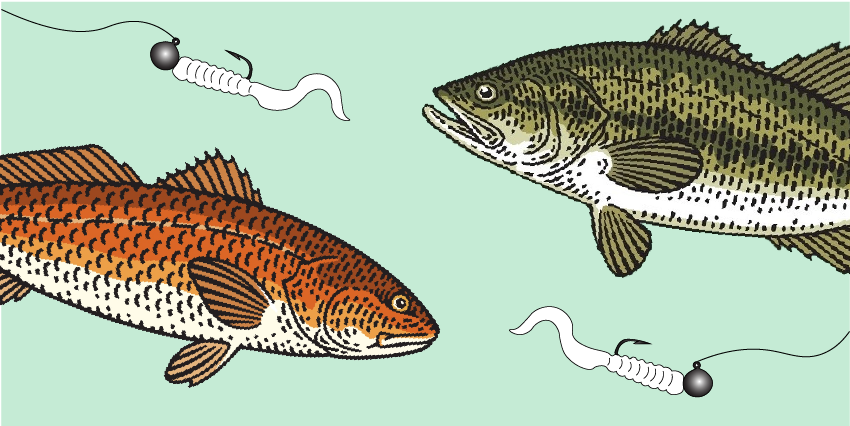
Credit: tailoredtackle.com
Techniques For Fishing With A Rigged Curly Tail Grub
Techniques for fishing with a rigged curly tail grub: When using the cast-and-lift method, cast the grub into the water and let it sink to the desired depth. Retrieve the bait by lifting the rod tip to create a hopping action, imitating a fleeing baitfish. Vertical jigging: Another effective method involves dropping the jig vertically and then using a jigging motion to entice fish. This technique is particularly useful for targeting suspended fish or when fishing in deeper water. Swimming and pausing: Lastly, swimming the curly tail grub with intermittent pauses can mimic injured baitfish, enticing predatory fish to strike. Experiment with different retrieval speeds and pauses to find what works best for the conditions and the fish you are targeting.
Tips And Tricks For Success
Discover effective tips and tricks for success in rigging a curly tail grub. Learn how to properly rig and fish this versatile lure for various gamefish, from bass to walleye. Find out the best techniques, including jigging and Texas rigging, to maximize your success on the water.
When it comes to rigging a curly tail grub, there are several tips and tricks for success that can help improve your fishing technique. One important factor to consider is reading the water.
Understanding the current, depth, and structure of the water will give you insight into where the fish might be hiding. Adjusting the retrieve speed is another key element. Sometimes a slow and steady retrieve works best, while other times a fast and erratic retrieve can trigger a strike.
Lastly, experimenting with different presentations can make a big difference. Trying out different colors, sizes, and weights of grubs can help you identify what the fish are biting on that day. By incorporating these tips and tricks into your fishing approach, you can increase your chances of success when rigging a curly tail grub.
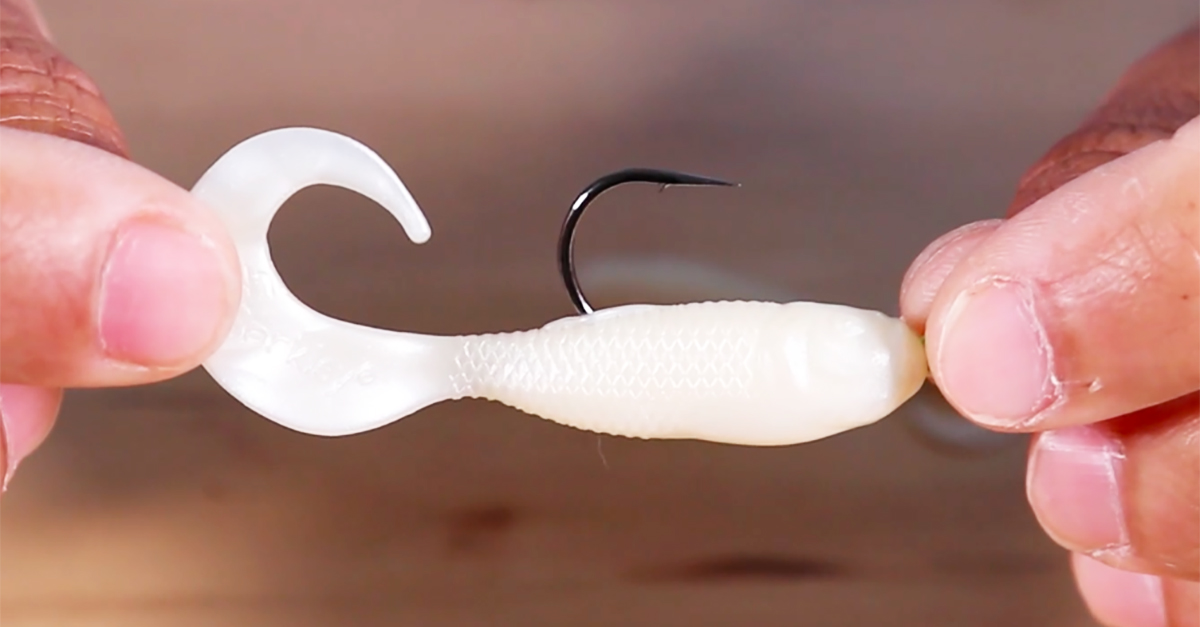
Credit: www.saltstrong.com
Frequently Asked Questions On How To Rig A Curly Tail Grub
Which Way Do You Rig A Curly Tail Grub?
To rig a curly tail grub, you can either rig it with the tail up or down. If you’re using an exposed hook, rigging the tail down can help avoid impaling the tail and maintain action.
What Fish Like Curly Tail Grubs?
Curly tail grubs attract various fish, including crappies, perch, bluegills, bass, walleye, trout, stripers, pike, and more. They can also lure bottom-dwelling species like catfish and carp.
Do Curly Tail Grubs Work?
Curly tail grubs are effective in attracting a variety of fish species, including bass, trout, walleye, and more. They can even entice bottom-dwelling fish like catfish and carp. Rigging them with a leadhead jig or Texas rig can enhance their effectiveness.
How Do You Fish A Curly Tail Grub For Walleye?
To fish a curly tail grub for walleye, try two different jigging techniques: cast-and-lift and dropping vertical. After casting, let the jig fall to the bottom and then lift your rod tip to hop. Another effective technique is Texas rigging the grub, especially in areas with grass and wood.
Conclusion
In the world of fishing, mastering the art of rigging a curly tail grub can significantly enhance your chances of success. Whether you’re targeting bass, walleye, or other gamefish, the proper rigging technique is crucial. By paying attention to the details outlined in this guide, you can increase your chances of landing the catch of a lifetime.

